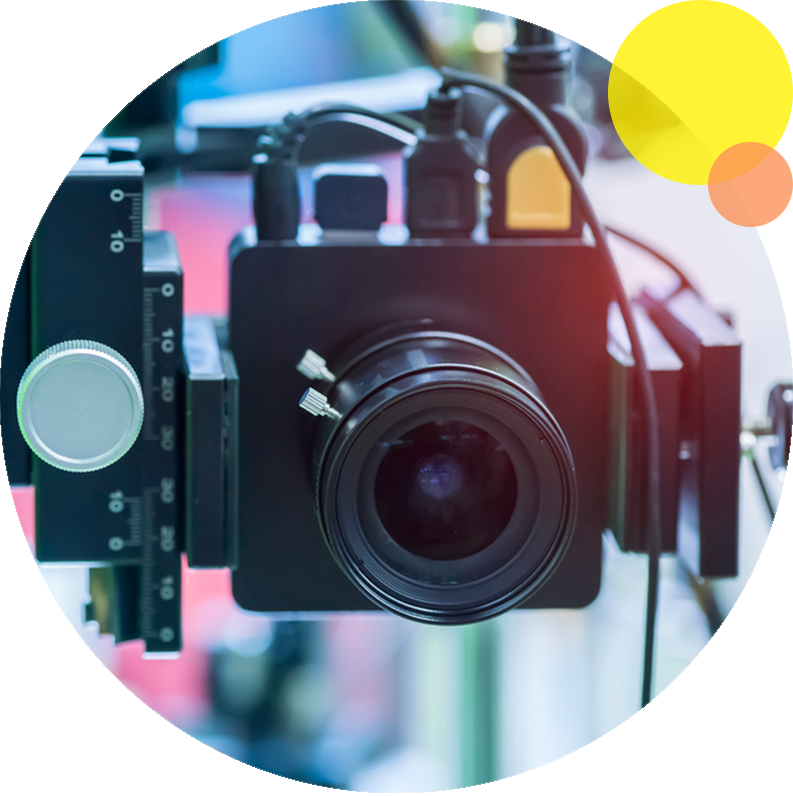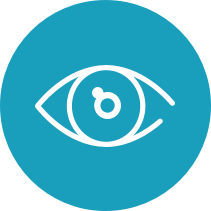
What is artificial intelligence?
There is an ever increasing number of applications with image recognition that use Artificial Intelligence. By training deep learning networks, it is possible to teach a system what it should see or what conclusion it should draw from an image.
The technology
The technology behind Artificial Intelligence is comparable to the way humans learn things. In our brains, links are made because we often encounter certain situations repeatedly, and we see that a certain action has a positive effect on these situations. In this way, it is also possible to train a deep learning network for image recognition. To do this, you create a set of images to train the network, usually specifying in advance which category the images belong to or where the things are that need to be detected. Then the network starts training to best predict what it has learned on new images.
Applications
Quality control
Using a camera above the conveyor belt, sandwiches that do not meet quality requirements can be rejected automatically. Different types of bread can also be recognised. Read more about this application of AI here.
Traffic safety
Using a deep learning network, we detect road users and advise operators on how safe it is to open a bridge. Read more about this case here.
Sectors
- Industrial
- Logistics
- Traffic
- Medical
Pros and cons of artificial intelligence
Pros
- The system itself learns what to pay attention to in order to make the right decision.
- Always the most suitable solution for a specific case.
- Often more resilient to changing conditions in the environment.
Cons
- Sufficient images are needed to train the model and these images need to be annotated so that the model can learn from them.
- For complex cases, specialist hardware is required to train a network efficiently.


